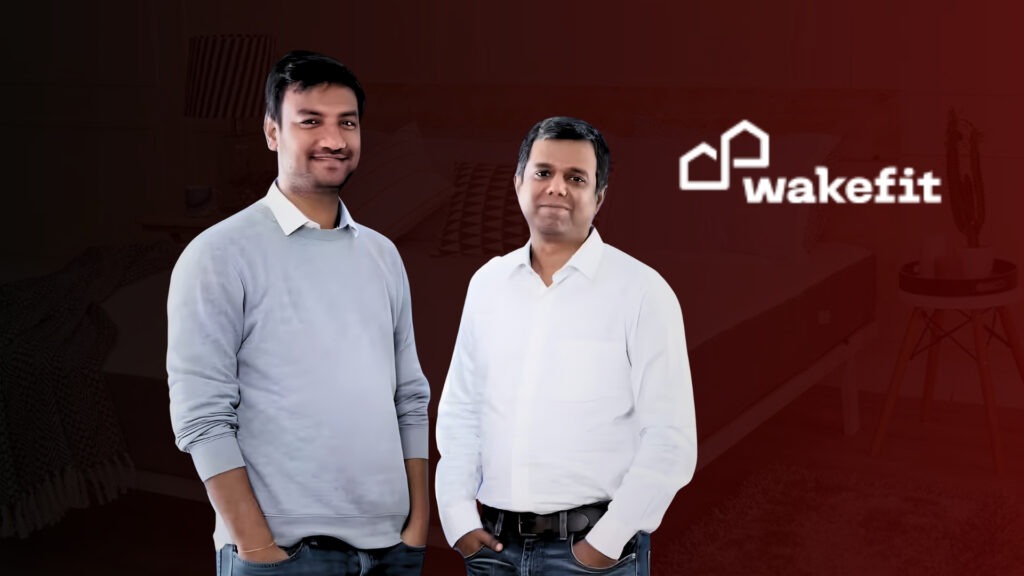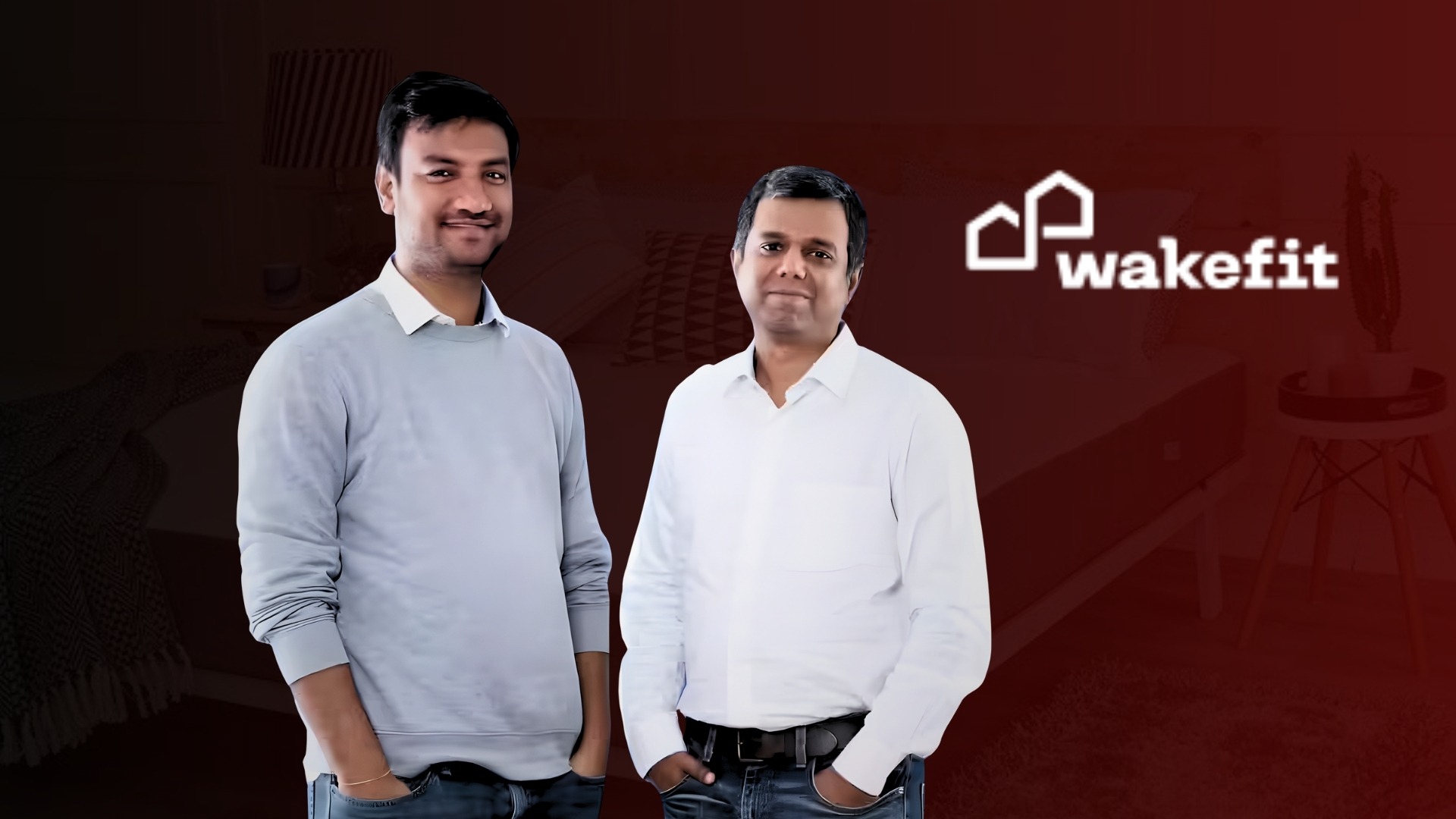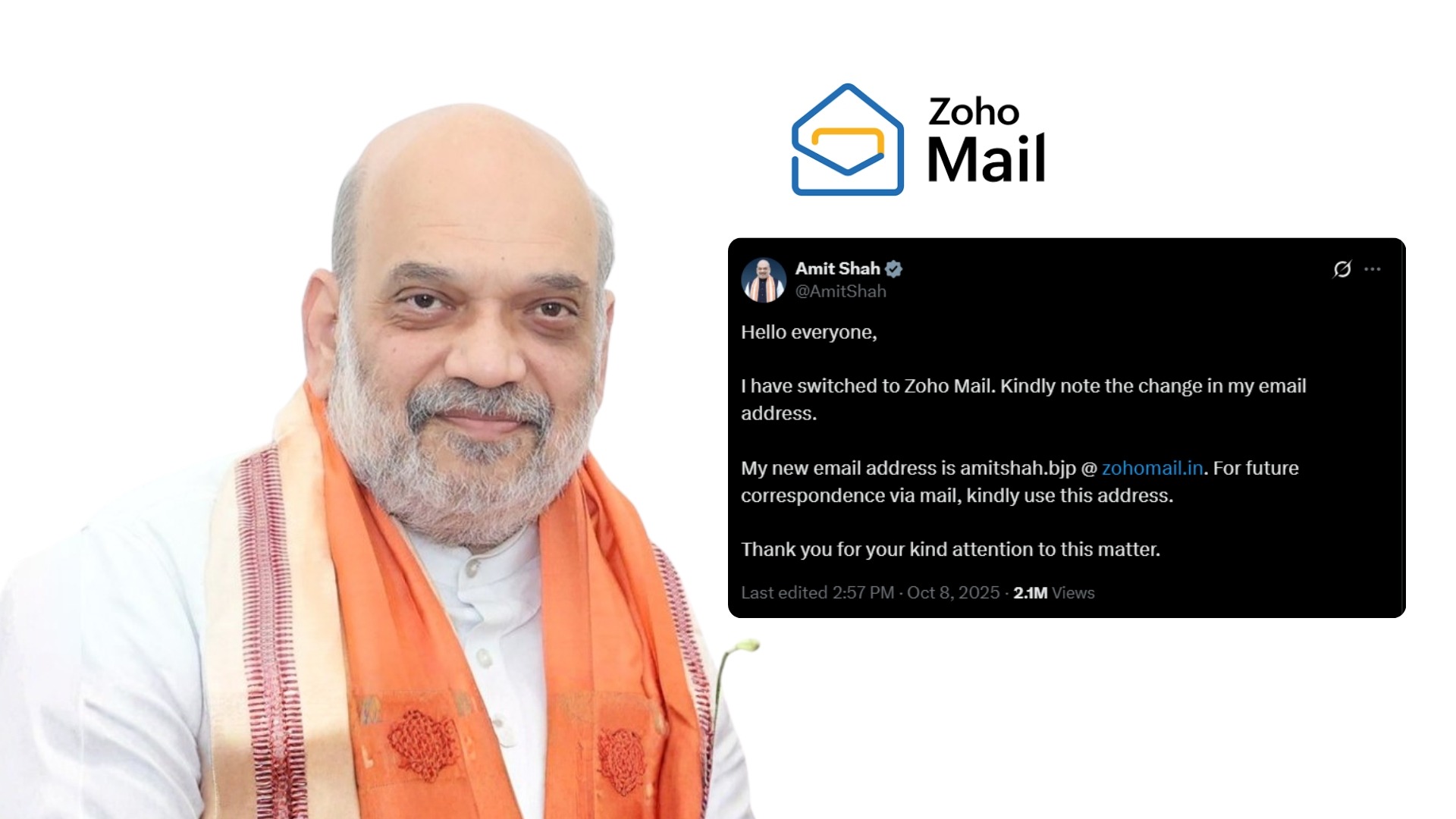There is always a debate about sleep all over social media. Few people quote having 8 hours of sleep as important, and some say 6 hours is more than enough. Well, if we generalize, it is not only about the quantity but also the quality. How peacefully you are sleeping is what decides the whole story. Now there’s no point of debate, and we all know sleep is not a luxury but a basic need.
Now sleep can be disturbed in various ways, and it also depends on the daily work, mental blockages, and tension. Now this is why there is a report. According to the New Indian Express, India faces a significant sleep deprivation problem, and a survey shows that nearly 60% of India gets less than 7-8 hours of sleep per night. This can negatively impact in many ways. According to NIH, as per their study, there is evidence that mattresses will significantly impact sleep quality.
Now a duo of entrepreneurs observed that a while back and understood that mattresses are impacting the whole sleep quality and started a brand to tackle this issue. What is surprising is that they have achieved a 1000 crore revenue, and now they are planning to go for an IPO. But how did it all start, and what really worked for them? Let’s understand each angle of the story.
Wakefit was launched in 2016, when India’s mattress market was fragmented and dull and consisted of low-quality mattresses, and it was purely transactional. Most people didn’t even know what made a mattress “good.” The founders, Ankit Garg and Chaitanya Ramalingegowda, saw this gap not in product supply, but in sleep awareness. They realized that Indians didn’t just need better mattresses; they needed to understand why good sleep matters. And from day one, Wakefit built its brand around that philosophy.
They decided to simplify the problem: sell high-quality memory foam mattresses directly to customers. In a few years, Wakefit’s direct-to-consumer (D2C) model helped it acquire customers across metros and Tier-II cities. Now one important thing is they sold it through a website and not offline stores. By selling directly through its website and app, Wakefit avoided distributor margins and gained access to what most traditional furniture companies lacked: data. Every click, every review, and every complaint became input for product improvement. This closed feedback loop allowed Wakefit to iterate faster than competitors still stuck in the retail maze.
But a general question that arises is, when we want to buy a mattress, we all want to test it out, right? So, they tackled it cleverly with a 100-night trial policy and a 10-year warranty. That combination of online convenience, trust, and affordability helped the brand explode. Interesting, right?
And when we dig deeper to understand the reasons behind its success, there is an underrated reason. It is how the company educated the market. Instead of just selling, it taught Indians how to sleep better through long-form blogs, YouTube explainers, and social campaigns.
Now, this all worked because they came up with a great product. But the scale didn’t happen alone. Once Wakefit owned the “sleep” category, the next step was logical: to target the entire home. Mattress buyers were an excellent base to cross-sell. If someone trusted Wakefit for their bed, they were likely to trust it for their sofa or dining table.
Wakefit moved smartly into furniture, home décor, and storage, turning from a single-category D2C player into a full-stack home solutions brand. Now because of this, the product range has expanded exponentially, and the company’s unit economics have also changed. Furniture, with its higher ticket size, helped push up average order value (AOV) and customer lifetime value (CLV). Because of that, Wakefit now generates a good chunk of its revenues from furniture, and mattresses still hold a major share.
Now, the company is offering the various products; they got the scale and trust. Now the next step that they took is opening the experience stores. They slowly started gaining traction from online and offline platforms.
While most D2C brands outsource production, Wakefit built its own manufacturing backbone early. That move turned out to be game-changing. By owning factories and supply chains, the company could control quality more tightly, innovate faster on new SKUs, and most importantly, improve gross margins. In FY24, management attributed the sharp reduction in losses to better factory utilization and cost control.
Now if we look at the revenues, it shows us the clear picture. As per the sources, they have generated about ₹1,017 crore in FY24, and they reduced losses massively. This all happened in less than a decade, and now it is about to become profitable. What’s even more interesting is that the company is nearing its IPO. Let’s see how the company performs post-IPO.
Instead of being everything from day one, Wakefit mastered a single problem, which is mattresses, before expanding. That laser focus built both brand identity and trust. They also got the investors’ support in the early years of their journey. That’s how Wakefit is building its empire and planning to expand.
Also Read: How CityMall Is Winning Bharat’s E-Commerce Race?










